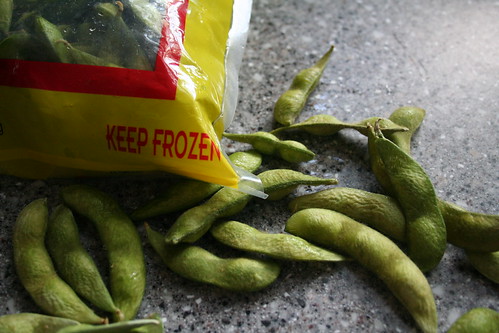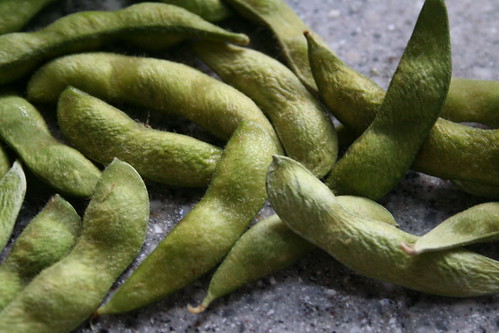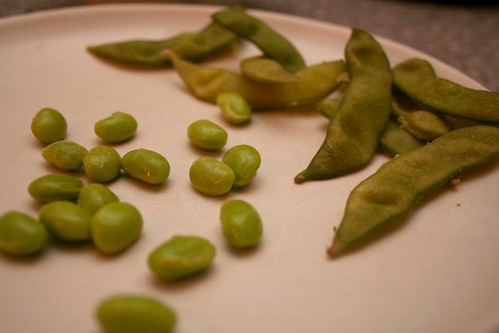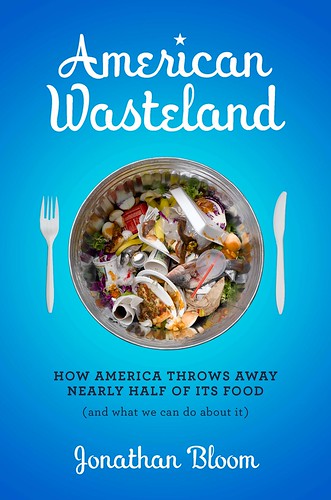As many of you are gearing up for another school year, it’s worth considering that complicated topic–school food waste.
School lunch produces its share of waste, from the untouched apples to milk cartons lining the trash. But school breakfast isn’t much different. In fact, it can be worse.
But it doesn’t have to be that way, with a little effort. To wit, here’s a school food waste tale with a happy ending.
This tale, from the well-done blog The Lunch Tray, brought a few things to mind:
- It’s amazing what a little research and/or pro-activity will do!
- The tactic of “offer vs. serve” (OVS) is so much better than the alternative–forcing kids to take everything, even if they don’t want some items.
- The only reason I can think of why all school districts don’t use OVS is because it’s slower. And given how short lunch periods are today…that’s a concern. But all the more reason to make lunch periods longer. A 4th grade teacher I spoke with recently told me that her kids get 15 minutes (and that includes the time in line).
- Improving the actual quality of food that students eat would go a long way toward producing both healthier kids and less waste. A good place to start would be fresh produce instead of canned. When food tastes good, more will be eaten. Simple.
 The authors chose the adventures of 16th Century Italian trader Francesco Carletti as the narrative string, and his travel leads readers through chapter topics as diverse as water, dirt and ice. And to be sure, it’s a real accomplishment for authors to make dirt (or soil) interesting.
The authors chose the adventures of 16th Century Italian trader Francesco Carletti as the narrative string, and his travel leads readers through chapter topics as diverse as water, dirt and ice. And to be sure, it’s a real accomplishment for authors to make dirt (or soil) interesting.



